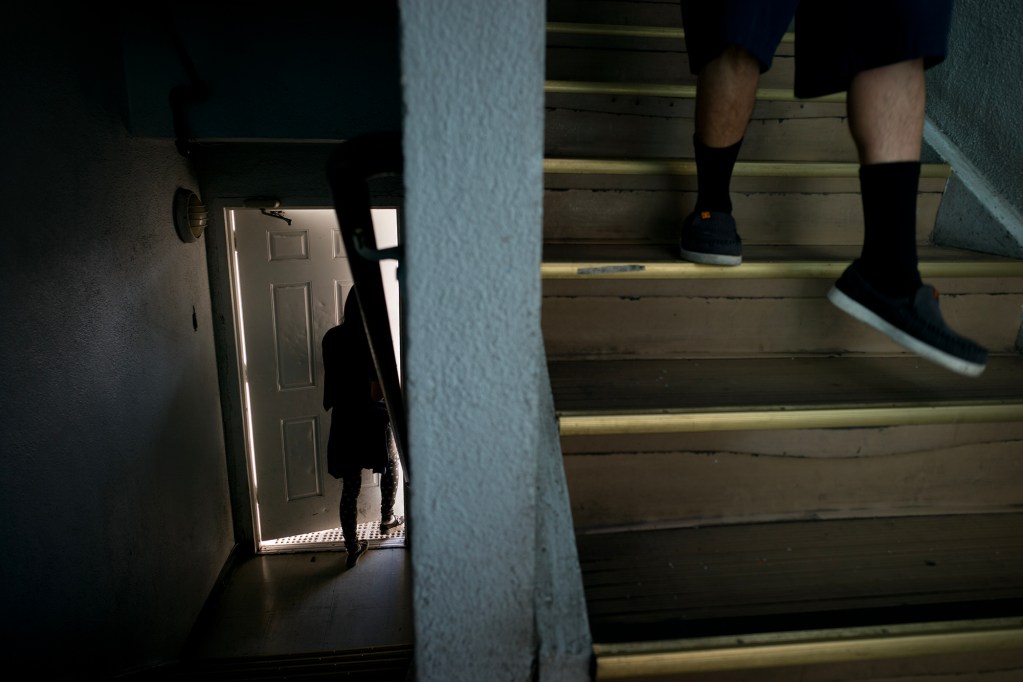As a parent, I am deeply concerned about the fentanyl crisis ravaging California. Each day, we are bombarded with heartbreaking stories of lives lost to overdose and families shattered by addiction, a pain I know all too well.
In 2017, I lost my son, Joel, to an overdose. My daughter, Rebekah, was with him when he died and came perilously close to the same fate. Thankfully, she is now in long-term recovery and works in the recovery movement.
Looking back, the saying “you don’t know what you don’t know” rings true. If we had a better understanding of what Joel was going through at the time, we would have handled the entire situation differently. That’s why I’m so committed to ensuring no other family goes through what we went through seven years ago.
No one should have to walk this path alone.
Substance use disorder and opioid use disorder are often surrounded by embarrassment and hushed tones, leaving family and friends feeling alienated and lost. Eliminating stigma, improving education, and increasing treatment and care options are crucial for those at risk, especially as the threat of fentanyl continues to grow.
While the public has become increasingly aware of the dangers of fentanyl, more needs to be done to protect our youth. Fentanyl is up to 50 times stronger than heroin and 100 times stronger than morphine. Even a small amount can be lethal, and because it’s often mixed with other substances without the user’s knowledge, it dramatically increases the risk of overdose and makes it hard to track.
Although the state has preliminarily reported reduced overdose rates, the California National Guard’s Counterdrug Task Force continues to seize millions of pills and thousands of pounds of illicit fentanyl every month.
This crisis won’t dissipate any time soon unless California truly bolsters education and access to treatment. By taking away the shame and normalizing substance use disorder as a true chronic disease, we will make it easier for people to ask for help.
Reducing overdoses is just scratching the surface of the problem. However, it’s a critical component in many individual recovery journeys, because recovery is not always a linear 30-day stint.
With my son Joel, a typical cycle looked like this: Joel would be arrested for possession and sometimes charged with intent to sell. He’d serve a short sentence and then transfer to a county treatment facility before graduating and starting the cycle over again.
Unfortunately, we are losing too many lives within the cycle, and many are dying from overdoses while serving sentences. Treatment, like education, must be readily available, holistic and person-centered. Beyond ensuring that naloxone is accessible to those in the criminal justice system and beyond, we must also make all FDA-approved reversal agents available.
If California is serious about saving more lives, our approach cannot only rely on one product or one treatment modality.
I once believed that Joel being in jail was a safer part of his cycle, somewhere he couldn’t easily access illicit drugs. However, knowing now how many overdoses occur within the criminal justice system — with some people dying even after receiving multiple doses of naloxone — I realize how misguided that notion was.
We cannot punish drug users. It doesn’t work. What is proven to work time and time again is education and treatment. Funding given to communities to address substance use disorder should be used for that — not for more policing, but for community centers, treatment centers, expanded access to reversal agents, and improved data so we actually know if these policies are working.
California has taken positive steps to reverse the opioid crisis, but we can’t stop now. No loved one should die from a preventable death. We must change the narrative: less stigma and more opportunities for people to get the care and treatment they need and deserve.
We owe it to our children to create a safer, healthier future.

